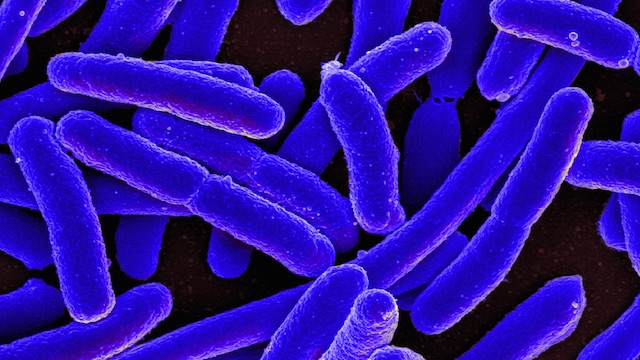
Scientists at the USC Viterbi School of Engineering have created a new type of computer model that could be instrumental in the fight against deadly bacteria. These computer-based models are capable of identifying the specific mechanisms, or strategies, that bacterial spores use to evade attack. When bacteria successfully escapes attacks via radiation, chemicals, and extreme temperatures, these models will study their moves — and work out a way to fight back.
The computer models rely on complex mathematical equations and techniques. Scientists use them to examine spores at the molecular level. This provides them with unique insight into fighting back against dangerous bacteria.
To accomplish this, scientists envisioned bacterial spores as seeds. These seeds have a hard coating which protects the machinery of DNA. It also keeps the spore safe from outside attacks. The spores wait patiently, virtually lifeless to the untrained viewer, until the conditions change. Then it bursts forth as harmful — often deadly — living bacteria.
Researchers used a variety of impressive tools in their efforts. X-ray crystallography data was essential when it came to determining the key elements that made of up single bacterium. These elements are water, acid, and calcium ion. Using a supercomputer, the scientists ran hundreds of thousands of simulations. During the simulations they controlled the percentage of water, calcium, and acid to determine the results.
Thanks to the exhaustive research and with help from the simulations, researchers were able to see that water concentration and temperature had a significant impact on the bacterial cells. Altering these factors changed the water inside the cell, making it behave as either a solid, liquid, or gel.
“Our models showed the spores perform a kind of chemical magic trick to intentionally freezes themselves and immobilize the water in their cells. The frozen cells cannot be disturbed by any radiation or chemical process and it also protects the DNA, so the spores can continue to reproduce.”
Furthermore, the models showed that a combination of heat and moisture can return the water inside a cell to liquid form. Once this barrier has been compromised, destroying the cell proves a far simpler task. Thanks to the research, scientists now know the exact water balance and temperature required to destroy the bacteria. Scientists are hopeful that these discoveries will help to prevent microbial food contamination, and reduce the potential spread of disease in the event of a biological attack.
